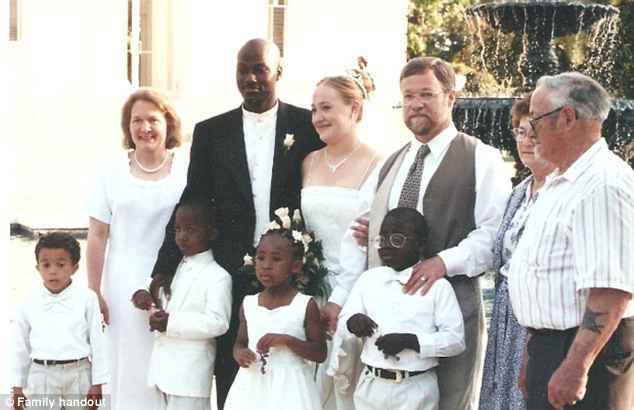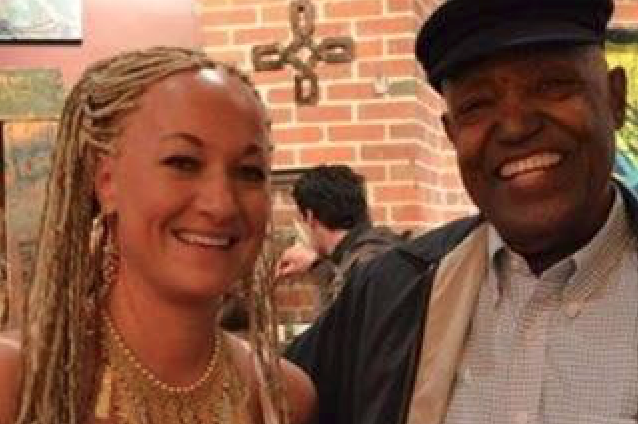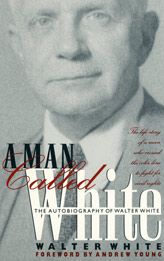Rachel Dolezal is breaking bad: Meet Walter White, the black man who looked white, led the NAACP, married a white woman and became a 'race traitor'

Rachel Dolezal is the woman at the centre of a controversy about her misrepresentation of herself as black while leading a civil rights group. The furore around her story throws a strange light on America's race mania, which began when the first slave ship docked in the New World.
Dolezal, who headed the Spokane, Washington, branch of the National Association for the Advancement of Colored People (NAACP), has stepped down from her role. On 12 June, her birth parents revealed her as a white woman.
Yet the organisation has a intricate history when it comes to race relations – although, apparently, not one Dolezal's presidency was able to weather.
For years, she has identified herself as a black woman and is steeped in African American culture. The Spokane branch of the NAACP said a monthly membership meeting scheduled for 7pm on Monday 15 June – where Dolezal was supposed to issue a statement clarifying issues around her race – would be cancelled.
That was "due to the need to continue discussion" with the regional and national branches of the organisation, the group wrote on Facebook. Those discussions appear to have resulted in her resignation.

As news of her charade broke, the organisation stood by Dolezal, issuing a statement saying that for 106 years, the group has had a "proud tradition of receiving support from people of all faiths, races, colors and creeds". The message added: "One's racial identity is not a qualifying criteria or disqualifying standard for NAACP leadership."
Indeed the group has a long history of complex characters helming various stems of the organisation. No less than its executive secretary from 1931 to 1955 was a blond-haired, blue-eyed black man named Walter Francis White, born to black parents in segregated Atlanta, Georgia.
Black and white
In the beginning of his 1948 autobiography, A Man Called White, White tells the story of how his race was mistaken by a black man whose toes he stepped on at a railway platform in Harlem, New York. "You white folks are always trampling on coloured folks," the man told him. But when he found out it was White, he apologised profusely. "I'm sorry I spoke to you that way," he said, "I thought you were white."

White writes that "every year approximately twelve-thousand white-skinned Negros disappear", "people whose absence cannot be explained by death or immigration". These people, he wrote, are "passing" for white and nearly every black person knows at least one person who is hiding their race.
White made large contributions to the civil rights movement as the NAACP's foremost undercover investigator in America's Deep South. Between 1918 and 1927, he issued reports on 41 lynchings and eight race riots and published his findings widely in newspapers and books.
He could not, however, escape controversy himself when he divorced his black wife Gladys Powell White, a secretary at the NAACP, for a white woman who was the food editor of the Ladies Home Journal in 1949 after a decades-long affair.
Many of his black colleagues and acquaintances were offended. Some claimed the leader had always wanted to be white; others said he had always been white.
White's sisters lashed out at him. "The little people in the alleys and slums might not know who the president is or even who Abraham Lincoln was," his sister Madeleine wrote to him. "But they all know and worship Walter White," she continued.
"One of the main reasons for this worship and allegiance is the fact that you fell in love with and married a person of Gladys' complexion."
When he became a spokesman for African Americans, she wrote: "You sacrificed any private life you might have had."
Strained relations
On its face, the NAACP's statement about Dolezal, acknowledges this history. Yet race relations are strained in America today following a year of publicity and action sparked by the Black Lives Matter campaign spun from the shooting death of Michael Brown by a police officer in Ferguson, Missouri, in August 2014.
The chokehold death of Eric Garner at the hands of New York police also came to the fore, while the death of Freddie Gray in police custody in Baltimore in April stoked a series of riots.
Before his death in 2009, for most of his adult life American race relations stalked Michael Jackson. A series of plastic surgeries and the skin condition vitiligo changed his appearance from his days heading The Jackson 5 and made him the butt of racially tinged jokes. He was often accused of wanting to become white. He famously highlighted this issue in his 1991 song Black Or White, with the video starring then child actor Macaulay Culkin.
Jackson's vitiligo was confirmed in an autopsy after his death but the hostility he faced on many fronts after treating his skin in various ways to even out the condition, demonstrates how deeply controversy around perceptions of race is engrained in the country.
"This is not about me. It's about justice," Dolezal wrote in a statement as she attempted to remove herself from the spotlight to put the light back on social justice issue affecting African Americans.
"It's about moving the cause of human rights and the Black Liberation Movement along the continuum from Resistance to Chattel Slavery to Abolition to Defiance of Jim Crow to the building of Black Wall Street to the Civil Rights and Black Power Movement to the #BlackLivesMatter movement and into a future of self-determination and empowerment."
© Copyright IBTimes 2025. All rights reserved.






















